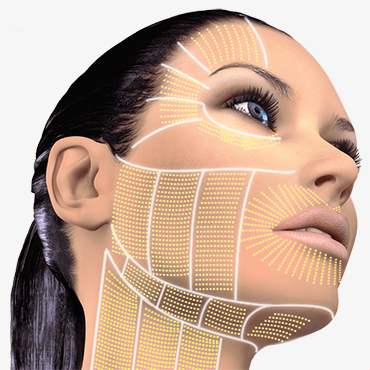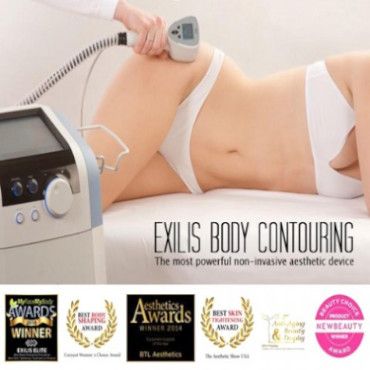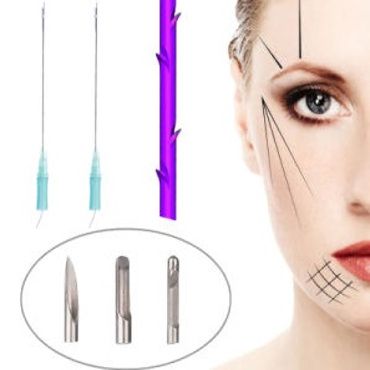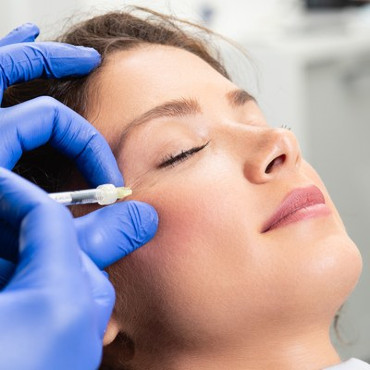Non invasive cosmetic surgeries near Dearborn MI
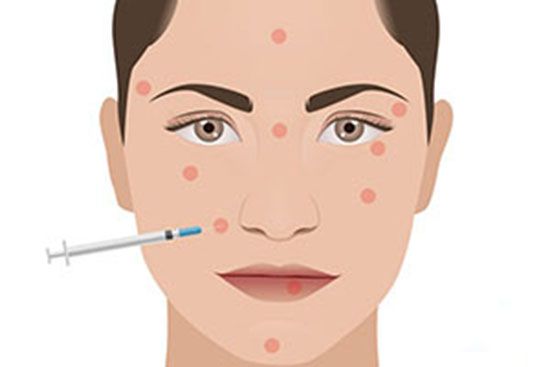
FAT TRANSFER
WHAT IS IT AND HOW IT WORKS?
Fat transfers are an effective way of restoring the youthful contours of the face, erasing wrinkles, smoothing sagginess and scars and helping to reduce other imperfections of the skin. The process isn't limited to the rejuvenation of the face and in some cases; it is used to help smooth many areas of the body. Techniques of fat transfer, which are also called fat grafting, are used to augment parts of the body including biceps, triceps, calf muscles, buttocks, penis, hands, and breasts.
WHAT PARTS OF THE BODY CAN FAT TRANSFER TREAT?
This kind of procedure can effectively eliminate signs of surgery, injury or scarring by using fat from other parts of the body. The surface of the skin becomes fuller. Many people who are looking for firmer buttocks choose to add volume through the use of fat transfer. Other parts of the body that are commonly treated with this procedure include the sternum, hips, hands, biceps, calves, and triceps. Fat transfer has been found to be effective at reducing scars by filling the scar area to make a firm, smooth surface. Breast Fat transfer will make your breast fuller and give it the natural look and feel without injecting foreign elements such as silicone or saline implants. Fat transfer does not involve open incisions and scars or interfere with mammograms as implants do.
HOW IT WORKS
Fat transfer is often used as an alternative to the collagen injections method, as this procedure has been found to fill and firm skin problems by taking fat cells from other body areas that have more fat and injecting them into the imperfect place. Unlike injections of collagen that have been found to cause allergic reactions, patients are not allergic to the fat that has come from their own bodies.
Both the area where the fat has been removed from and the area where the fat is being injected are numbed using a local anesthetic and fat is taken from a donor site through the use of a cannula or syringe. Most often, the fat is taken from the thigh area, lower abdomen or buttocks because they often have more fatty tissue in them. The doctor will then purify the fat to remove extra liquid and then injects it into the desired location. The process is repeated until the imperfection is corrected.
THE PROCEDURE OF FAT TRANSFER
The actual procedure of fat transfer will depend on what technique is being used by the doctor and the area that is being treated. It can be described in three simple steps.
Step 1: A topical anesthetic and antiseptic are applied to the location where the fat will come from or donor site; and the area that is being treated. Typically, the donor site is the thighs or abdomen.
Step 2: Fat cells are then "harvested" or taken from the donor site through a method of liposuction.
Step 3: Harvested fat cells are purified and processed by the doctor to remove excess liquid. They are then injected into the desired area. The doctor may use a method that spins fat cells before injecting them, but other doctors strain the fat cells.
It can take anywhere from three to four days for the first capillaries to get to the new fat cells to provide blood. In this time, it has been found that up to 60% of the fat cells that were transferred will die, which is why many doctors choose to "overfill" the treated area. It might also take more than one treatment for optimal results. Every time the procedure is done, more fat will build in the area being treated, which can offer longer results that could last a lifetime.
HOW LONG DO THE FAT TRANSFER RESULTS LAST?
The results of a Fat transfer procedure can be seen right away and become even better with follow up procedures. The results will ultimately last for a very long time to a lifetime.
To get the most lasting results, it is generally agreed that three or four treatments are optimal. Since lip grafting takes your own fat from your body, it is said that about 65% of the fat that is injected will absorb back into the body during the first few months after the procedure. That means that only about 35% of the injected fat stays where it's been put. When the results begin to fade, many patients choose to have another fat transfer. It will take a few treatments before the skin can maintain a smooth, firm appearance for a long time.
HOW MUCH DOES IT COST?
There are three costs for a fat transfer procedure: The facility fee, the anesthesia fee, and the surgeon's fee. Some factors will affect the overall price and might include the skill and training of the surgeon, the location of the surgery and the method being used.
Because of these different costs, it can be hard to determine the average cost of this procedure. Body fat transfers are often performed while doing other things as well, so the facility and anesthesia fees are often lumped in with the other procedures. Total fat transfer fees can cost more than $4000 depending on the areas being treated and the amount of fat that's taken and injected.
IS THERE DOWNTIME WITH FAT TRANSFERS?
Most of the people who have this procedure will go home the day of and are up and moving in about 24 hours. Patients have to wait for 24 hours after the procedure before they apply makeup. Also, there is the recovery time from swelling and bruising, which can take anywhere from one to seven days. In about two to three days after your fat transfer procedure, you will be able to have your bandages removed and will be able to take a shower.
For the first 48 hours after the procedure, you may find that the injected area is red. There is often swelling that lasts several weeks, but bruising should go away in a few days. You may also find scabs at the site of injection. There are pain medications you can take orally to help with discomfort, or you may only need an over the counter pain medication, but talk to your doctor as some NSAIDs can increase the risks of bleeding.
WHAT OTHER PROCEDURES CAN FAT TRANSFERS BE DONE WITH?
Fat transfers are often done in conjunction with procedures such as Facelift, Forehead Lift or Brow Lift, Liposuction, and Tummy Tuck to increase the effects.
FAT TRANSFER SIDE EFFECTS AND RISKS
It is possible to develop complications with this procedure, but they are uncommon. Most of the common side effects include swelling, fatty bumps below the skin, uneven skin texture, bruising, excessive bleeding, infection, abscess, and scarring. It is possible to develop asymmetry if injections take place in two or more areas.
IS THERE PAIN AFTER THE PROCEDURE?
While you are in surgery, you will be sedated and anesthetized, however, after the procedure, you may experience discomfort that is mild to moderate. You may need prescription pain medications during the first 24 to 72 hours following the procedure. Often, regular Tylenol is taken after that time and only as needed.





